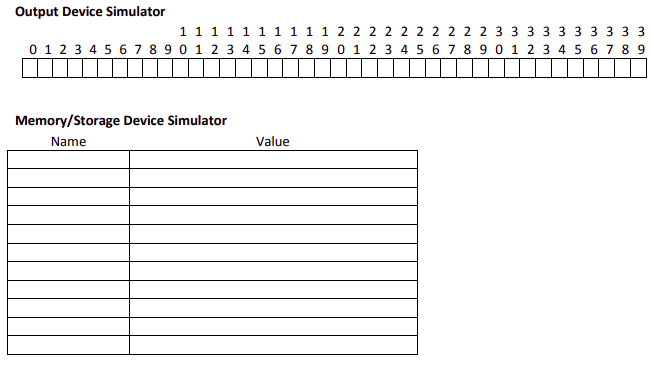|
Programming and Programs
An Introduction |
|
Prof. David Bernstein |
| Computer Science Department |
| bernstdh@jmu.edu |
|
Programming and Programs
An Introduction |
|
Prof. David Bernstein |
| Computer Science Department |
| bernstdh@jmu.edu |


Algorithm CoursesReporter.
Create an entity name courses.
Store the number of courses you are taking in courses.
Move your pencil to column 0.
Write the value in courses.
End Algorithm.